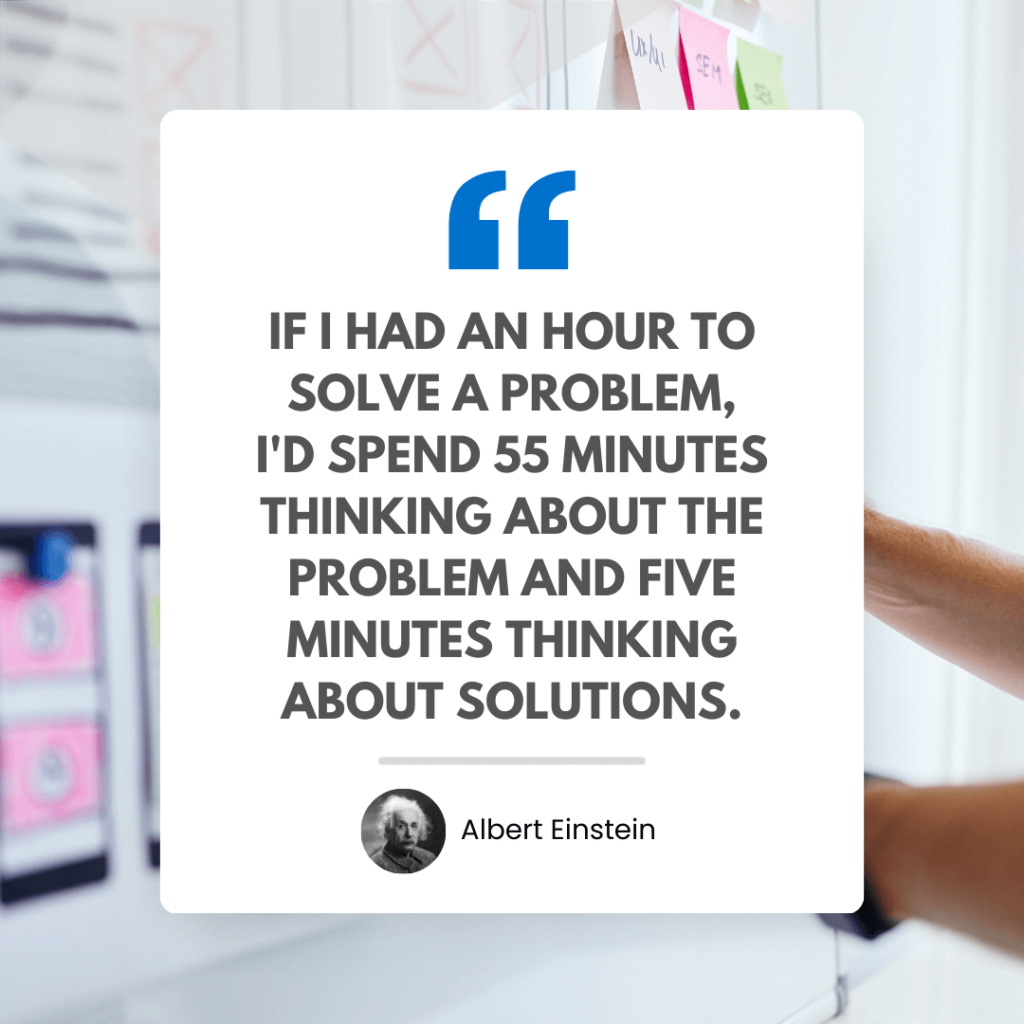Step 6: Deployment and Launch
Once testing is complete and any issues are resolved, it’s time to deploy the app. Whether it’s slated for an internal system or a web platform accessible to all, the developers are meticulously ensuring seamless integration with your current systems, databases, and networks. Security remains a top priority, with every precaution taken to safeguard your data according to your organization’s protocols. Once all systems are a go, it’s launch day! But their role doesn’t end there—the developers stand ready to swiftly address any post-launch hiccups that may arise.







